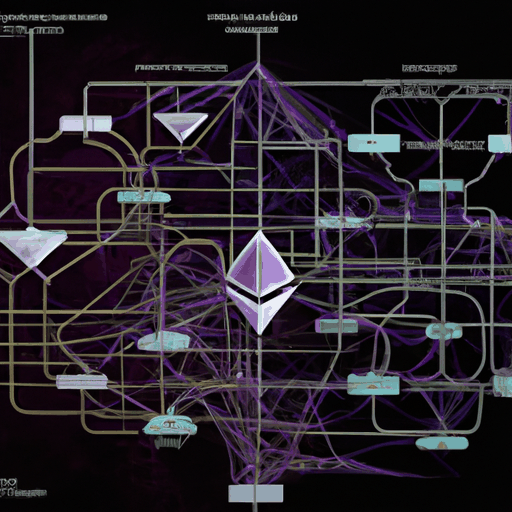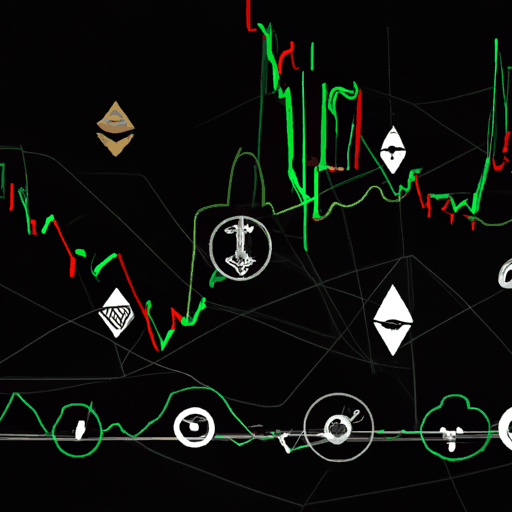
Learn Concept: Ethereum's Layer-2 and Sharding Scalability Solutions
By: Eliza Bennet
Ethereum has been navigating its way through a challenging phase, marked by a significant drop in market dominance and a critical shift in its consensus mechanism to Proof-of-Stake (PoS). A key strategy Ethereum is banking on to regain its standing within the digital asset landscape is through the enhancement of scalability via Layer-2 solutions and sharding. This development was discussed in detail in a recent news article.
Layer-2 solutions operate on top of the Ethereum mainnet and aim to alleviate congestion by handling transactions off-chain, which are then settled on-chain in batches. This results in reduced load and faster processing times on the main network. Examples of Layer-2 technologies include rollups and state channels, which are proving to be vital for Ethereum's transition to a PoS system.
On the other hand, sharding is a technique that involves breaking the Ethereum network into smaller pieces called 'shards', each capable of processing transactions independently. This method enhances scalability by allowing multiple transactions to be processed simultaneously across the shards, effectively increasing the overall throughput of the Ethereum network. Implementation of these technologies could potentially resolve current scalability issues, thereby reinstating Ethereum's competitive edge and securing investor confidence.
The amalgamation of these technologies is part of Ethereum's forward-thinking roadmap designed to not only sustain its current user base but to expand its horizons in an ever-evolving blockchain ecosystem. If executed successfully, these innovations will mark a significant leap in Ethereum’s performance and could catalyze a pivotal resurgence in the crypto space.



